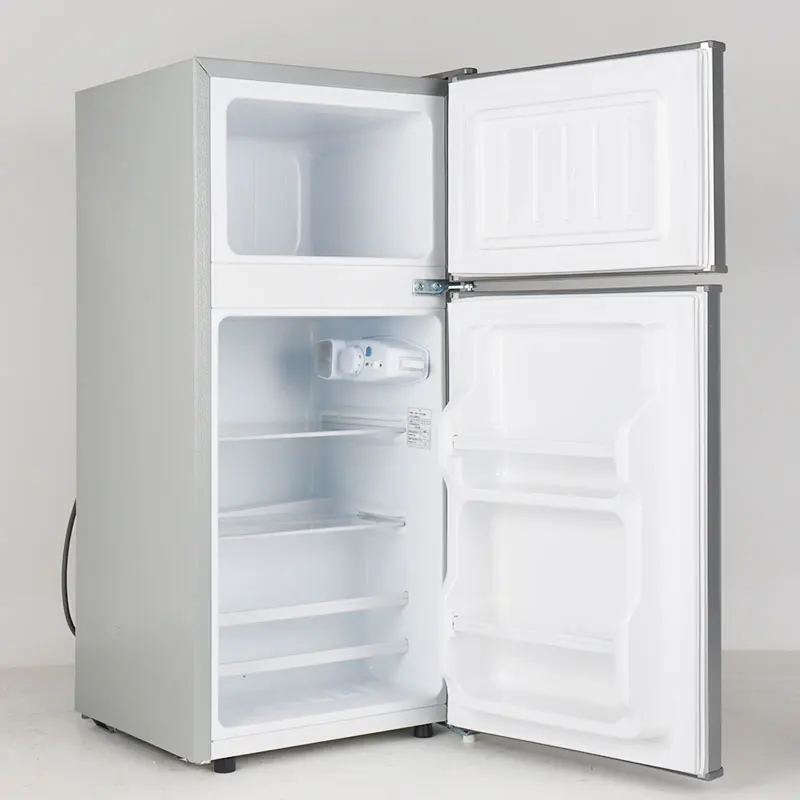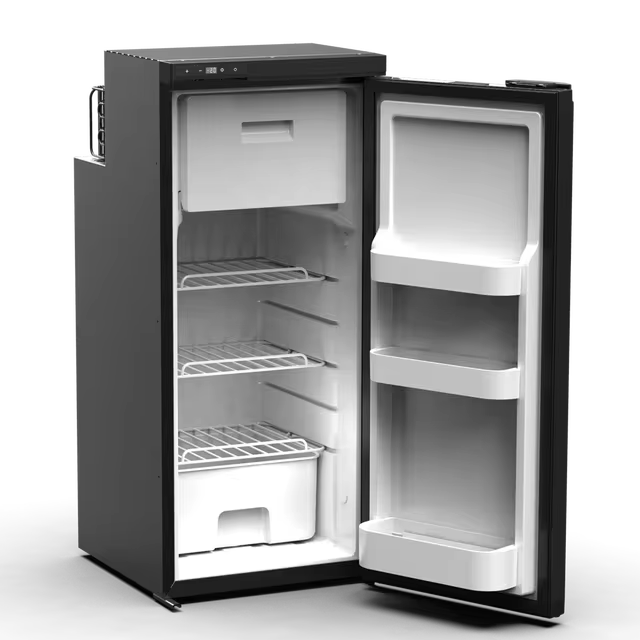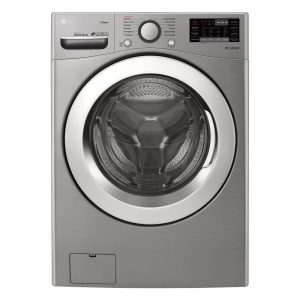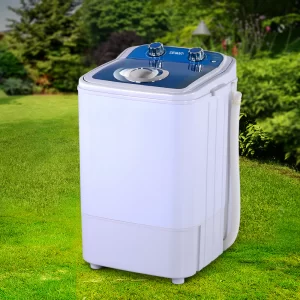Refrigerator Repair: Ensuring Your Appliance Runs Smoothly
A malfunctioning refrigerator can disrupt your daily routine, leading to wasted food and unnecessary stress. Understanding the basics of refrigerator repair can not only save you time and money but also extend the lifespan of your appliance. This comprehensive guide covers common issues, troubleshooting steps, DIY repairs, and when to seek professional help to ensure your refrigerator operates efficiently.
Common Refrigerator Problems
Refrigerators are complex appliances with various components that can fail over time. Recognizing common issues can help you address problems before they escalate.
Temperature Issues
One of the most frequent problems is inconsistent temperature control. If your refrigerator is not maintaining the desired temperature, it can lead to spoiled food and increased energy consumption. Temperature fluctuations may result from a faulty thermostat, a malfunctioning compressor, or poor door seals.
Unusual Noises
Unusual sounds emanating from your refrigerator can indicate underlying issues. Common noises include clicking, buzzing, or humming. These sounds may be caused by the compressor working too hard, a failing fan motor, or ice buildup in the freezer compartment.
Leaking Water
Water leakage is another common problem that can result from various causes. Puddles inside or around the refrigerator often indicate a clogged defrost drain, a broken water line, or an improperly installed refrigerator. Identifying the source of the leak is crucial to prevent water damage and appliance malfunction.
Frost Buildup
Excessive frost buildup in the freezer can impede the efficiency of your refrigerator. Frost accumulation typically arises from a faulty defrost system, a door that doesn’t seal properly, or frequent door openings. Addressing frost issues promptly can prevent more severe problems, such as compressor failure.
Troubleshooting Refrigerator Issues
Before diving into repairs, it’s essential to troubleshoot the problem to identify the root cause accurately. Here are some steps to help you diagnose common refrigerator issues.
Checking the Power Supply
Ensure that your refrigerator is properly plugged in and that the outlet is functioning. Sometimes, the issue may be as simple as a tripped circuit breaker or a blown fuse. Verify the power source by plugging in another appliance to see if it works.
Inspecting the Thermostat
A malfunctioning thermostat can cause temperature inconsistencies. Check if the thermostat is set to the correct temperature and adjust it accordingly. If the problem persists, the thermostat may need to be replaced.
Cleaning the Condenser Coils
Dirty condenser coils can reduce the refrigerator’s efficiency, leading to overheating and temperature control issues. Use a vacuum or a coil brush to clean the coils, ensuring proper heat dissipation and optimal performance.
DIY Refrigerator Repairs
While some refrigerator issues require professional intervention, many common problems can be addressed through simple DIY repairs. These fixes can save you money and extend the life of your appliance.
Replacing the Door Seal
A worn or damaged door seal can cause temperature fluctuations and increased energy usage. To replace the seal:
- Remove the old gasket by pulling it away from the refrigerator.
- Clean the area thoroughly to ensure a proper fit for the new seal.
- Attach the new gasket, ensuring it fits snugly around the door to prevent air leaks.
Changing the Water Filter
If your refrigerator has a built-in water dispenser or ice maker, replacing the water filter is essential for maintaining water quality and appliance efficiency. Follow the manufacturer’s instructions to replace the filter, typically involving unscrewing the old filter and inserting a new one.
Defrosting the Freezer
Manual defrosting is necessary if you notice excessive ice buildup. To defrost the freezer:
- Remove all food items and unplug the refrigerator.
- Leave the freezer door open to allow the ice to melt naturally.
- Use towels to absorb the water and speed up the process.
- Once defrosted, clean the freezer and plug the refrigerator back in.
When to Call a Professional
While DIY repairs can handle many issues, some problems require the expertise of a professional technician. Recognizing when to seek professional help can prevent further damage and ensure your refrigerator is properly repaired.
Compressor Problems
The compressor is the heart of your refrigerator’s cooling system. If you hear unusual noises or notice that your refrigerator isn’t cooling effectively, the compressor may be failing. Compressor repairs are complex and typically require professional intervention.
Electrical Issues
Electrical problems, such as faulty wiring or malfunctioning control boards, can pose safety risks. If you suspect an electrical issue, it’s best to contact a professional to avoid the risk of electric shock or further damage to the appliance.
Refrigerant Leaks
Refrigerant leaks affect the cooling efficiency and can be harmful to the environment. Detecting and repairing refrigerant leaks requires specialized tools and knowledge, making it a job for experienced technicians.
Preventative Maintenance Tips
Regular maintenance can prevent many common refrigerator problems and ensure your appliance runs efficiently for years to come. Implementing these tips can save you time and money in the long run.
Regular Cleaning
Keeping your refrigerator clean is essential for optimal performance. Wipe down shelves and compartments regularly to prevent spills and stains. Additionally, clean the condenser coils periodically to remove dust and debris that can impede airflow.
Proper Loading Techniques
Overloading or improperly loading your refrigerator can obstruct airflow, leading to temperature inconsistencies. Ensure that items are arranged to allow air to circulate freely around them, maintaining an even temperature throughout the appliance.
Monitoring Temperature Settings
Regularly check and adjust the temperature settings to ensure your refrigerator is operating within the recommended range. The ideal temperature for the refrigerator compartment is between 35°F and 38°F (1.7°C to 3.3°C), while the freezer should be set to 0°F (-18°C).
Choosing the Right Refrigerator Repair Service
When professional help is needed, selecting the right repair service is crucial for effective and reliable repairs. Here are some factors to consider when choosing a refrigerator repair service.
Credentials and Certifications
Ensure that the repair service employs certified technicians with proper training and credentials. Certifications from recognized organizations indicate that the technicians have the necessary skills and knowledge to handle various refrigerator models and issues.
Customer Reviews and Reputation
Research customer reviews and testimonials to gauge the reputation of the repair service. Positive feedback and high ratings suggest that the company provides quality service and customer satisfaction. Check multiple sources to get a comprehensive understanding of their performance.
Cost and Warranty
Compare the cost of services from different repair companies to ensure you’re getting a fair price. Additionally, inquire about warranties on parts and labor, as reputable companies stand by their work and offer guarantees to their customers.
Extending the Lifespan of Your Refrigerator
Proper care and maintenance can significantly extend the lifespan of your refrigerator, ensuring it remains a reliable appliance in your home.
Avoid Frequent Door Openings
Minimize the number of times you open the refrigerator door to maintain a stable internal temperature. Each opening allows warm air to enter, forcing the appliance to work harder to cool down again.
Level the Refrigerator
Ensure that your refrigerator is level to prevent door misalignment and reduce strain on the compressor and other components. Use a level tool to check the appliance and adjust the feet as necessary to achieve a balanced position.
Use Energy-Efficient Settings
Opt for energy-efficient settings to reduce power consumption and decrease the workload on your refrigerator. This not only saves energy but also prolongs the life of your appliance by reducing wear and tear on its components.
Understanding Refrigerator Components
A basic understanding of refrigerator components can help you better diagnose and address issues when they arise.
Compressor
The compressor pumps refrigerant through the system, facilitating heat exchange to cool the refrigerator. It is a critical component, and any malfunction can severely impact cooling efficiency.
Condenser Coils
Located at the back or beneath the refrigerator, condenser coils release heat from the refrigerant. Dirty or clogged coils can hinder this process, leading to overheating and reduced performance.
Evaporator Fan
The evaporator fan circulates air within the refrigerator, ensuring even cooling throughout the compartments. A faulty fan can result in uneven temperatures and increased frost buildup.
Thermostat
The thermostat regulates the refrigerator’s temperature by controlling the compressor’s operation. A malfunctioning thermostat can cause temperature inconsistencies, leading to spoiled food or excessive energy use.
Defrost System
The defrost system prevents ice buildup on the evaporator coils by periodically melting any frost. Components like the defrost heater, timer, and thermostat must function correctly to maintain optimal cooling performance.
Energy Efficiency and Your Refrigerator
Energy-efficient refrigerators not only reduce your utility bills but also have a lower environmental impact. Understanding energy efficiency can help you make informed decisions about repairs and replacements.
Energy Star Ratings
Look for refrigerators with Energy Star ratings, which indicate that the appliance meets or exceeds energy efficiency standards. These models are designed to consume less power while maintaining optimal performance.
Insulation Quality
High-quality insulation helps maintain consistent temperatures with minimal energy usage. If your refrigerator is poorly insulated, it may require more energy to keep contents cool, leading to higher utility costs.
Advanced Features
Modern refrigerators come with features like variable speed compressors, LED lighting, and smart technology that enhance energy efficiency. Incorporating these features into your appliance can improve performance and reduce energy consumption.
Safety Precautions in Refrigerator Repair
Safety should always be a priority when attempting any refrigerator repair. Taking the right precautions can prevent accidents and ensure a successful repair process.
Unplug the Appliance
Before performing any repairs, always unplug the refrigerator to eliminate the risk of electric shock. Disconnecting the power ensures a safe working environment.
Use Proper Tools
Utilize the correct tools for the job to avoid damaging components or causing injury. Investing in quality tools can make repairs easier and more efficient.
Follow Manufacturer’s Guidelines
Consult the refrigerator’s user manual for specific instructions and safety guidelines. Manufacturers provide valuable information on troubleshooting and repairs tailored to your appliance model.
Wear Protective Gear
Use protective gloves and eyewear to safeguard against potential injuries from sharp components or hazardous materials. Safety gear is essential when handling electrical parts or chemicals like refrigerants.
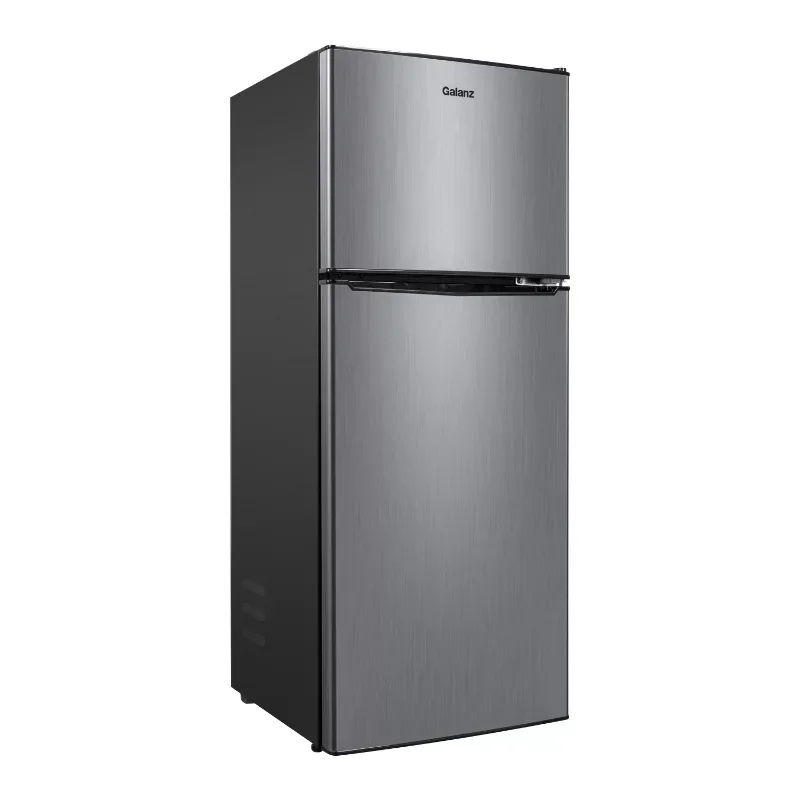 Conclusion
Conclusion
Refrigerator repair is essential for maintaining the functionality and efficiency of one of your most important kitchen appliances. By understanding common problems, troubleshooting techniques, and basic DIY repairs, you can address many issues independently. However, recognizing when to seek professional help ensures that more complex problems are handled safely and effectively. Regular maintenance and prudent usage further extend the lifespan of your refrigerator, safeguarding your investment and ensuring it continues to serve your household reliably for years to come. Whether you’re tackling minor fixes yourself or contacting a professional for major repairs, prioritizing refrigerator repair keeps your kitchen running smoothly and your food fresh.
